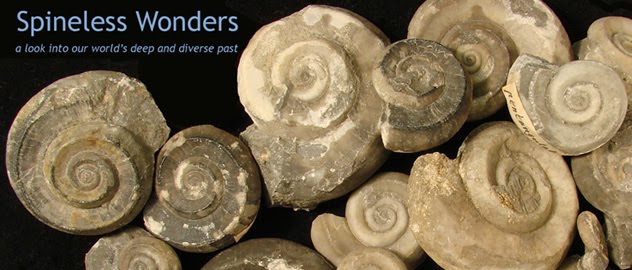 Dr. John Locke was a professor in Cincinnati between 1835 and 1856. He was interested in several subjects ranging from geology and hydrology to electricity and magnetism. Locke invented many things, but his most significant invention was an electro-chronograph developed for the U.S. Coast Survey in 1848.
Dr. John Locke was a professor in Cincinnati between 1835 and 1856. He was interested in several subjects ranging from geology and hydrology to electricity and magnetism. Locke invented many things, but his most significant invention was an electro-chronograph developed for the U.S. Coast Survey in 1848.According to the American National Biography, "When attached to the second hand of a clock and connected to a telegraphic circuit, the electro-chronograph made clocks beat simultaneously all along the telegraph line and produced a paper strip chart that recorded events with an accuracy of one hundredth of a second. In an era before the development of time standards, this instrument was invaluable for determining longitudes and for precise observations in physics, geophysics, and astronomy. He received an award of $10,000 from Congress for his invention"
Of more interest to me is Dr. Locke's fossil cabinet. He was active in local scientific societies, and he even described a few species of trilobites (1838, "Prof. Locke's geological report, communicated by the Governor to the General Assembly of Ohio. December, 1838." Second Annual Report on the Geological Survey of Ohio, p.201-286. [in which he describes Isotelus maximus], and 1843, "Notice of a new trilobite, Ceraurus crosotus." American Journal of Science. 44: 436). In our collection we have several plaster casts of specimens from Dr. Locke's cabinet. I intend to photograph and include these here on this blog.
So, first up is Number 39. Strophomena alternata with an encrinite [Streptaster vorticellatus] attached, 6 miles of Cincinnati. (YPM 112989).




No comments:
Post a Comment